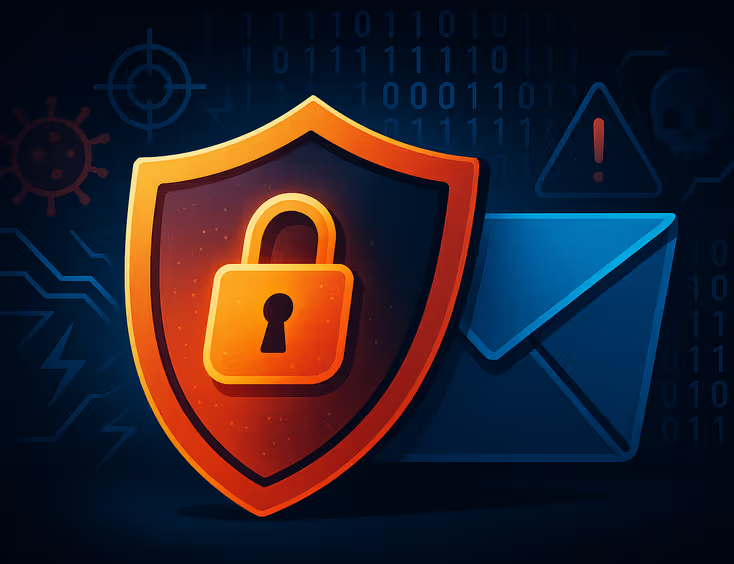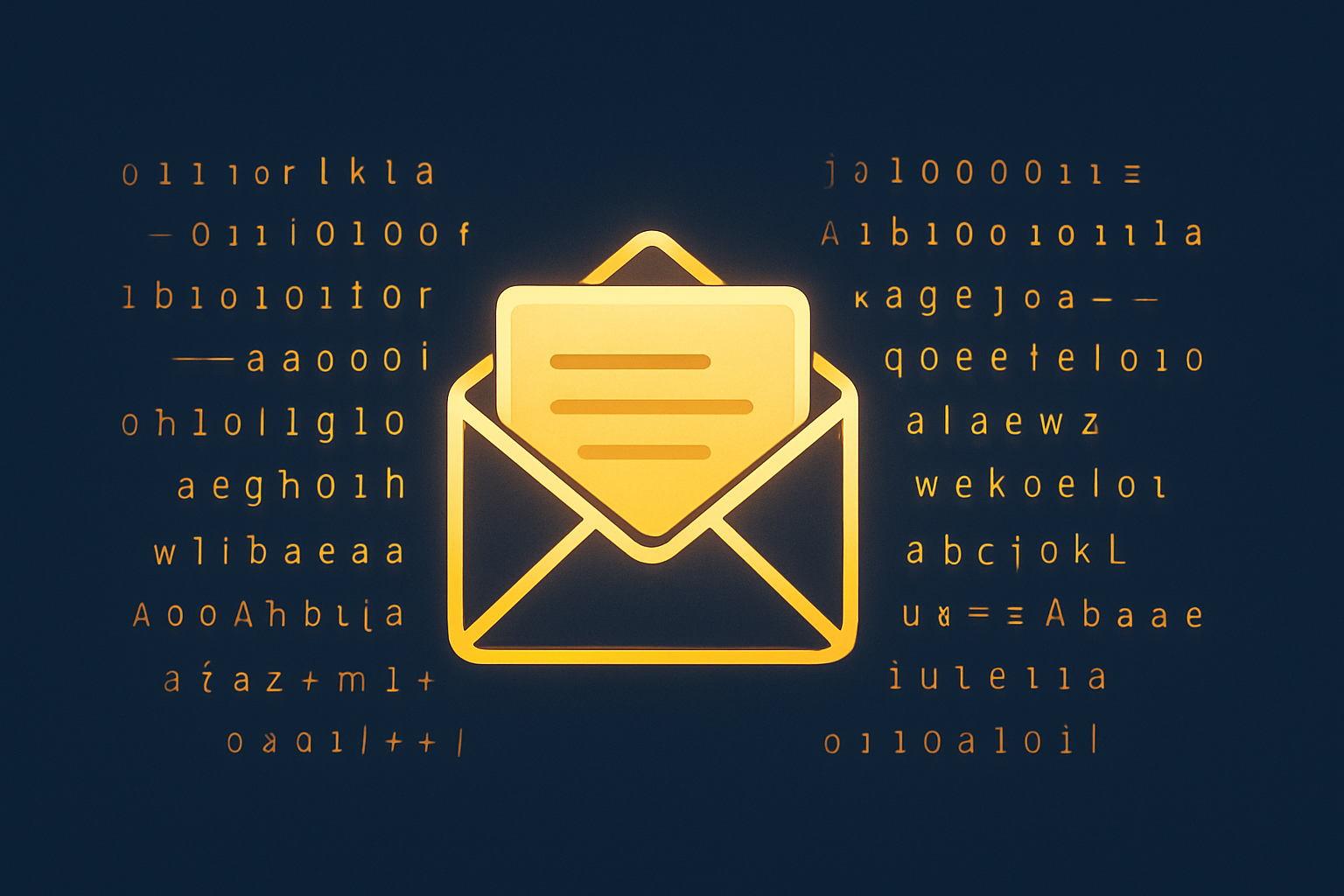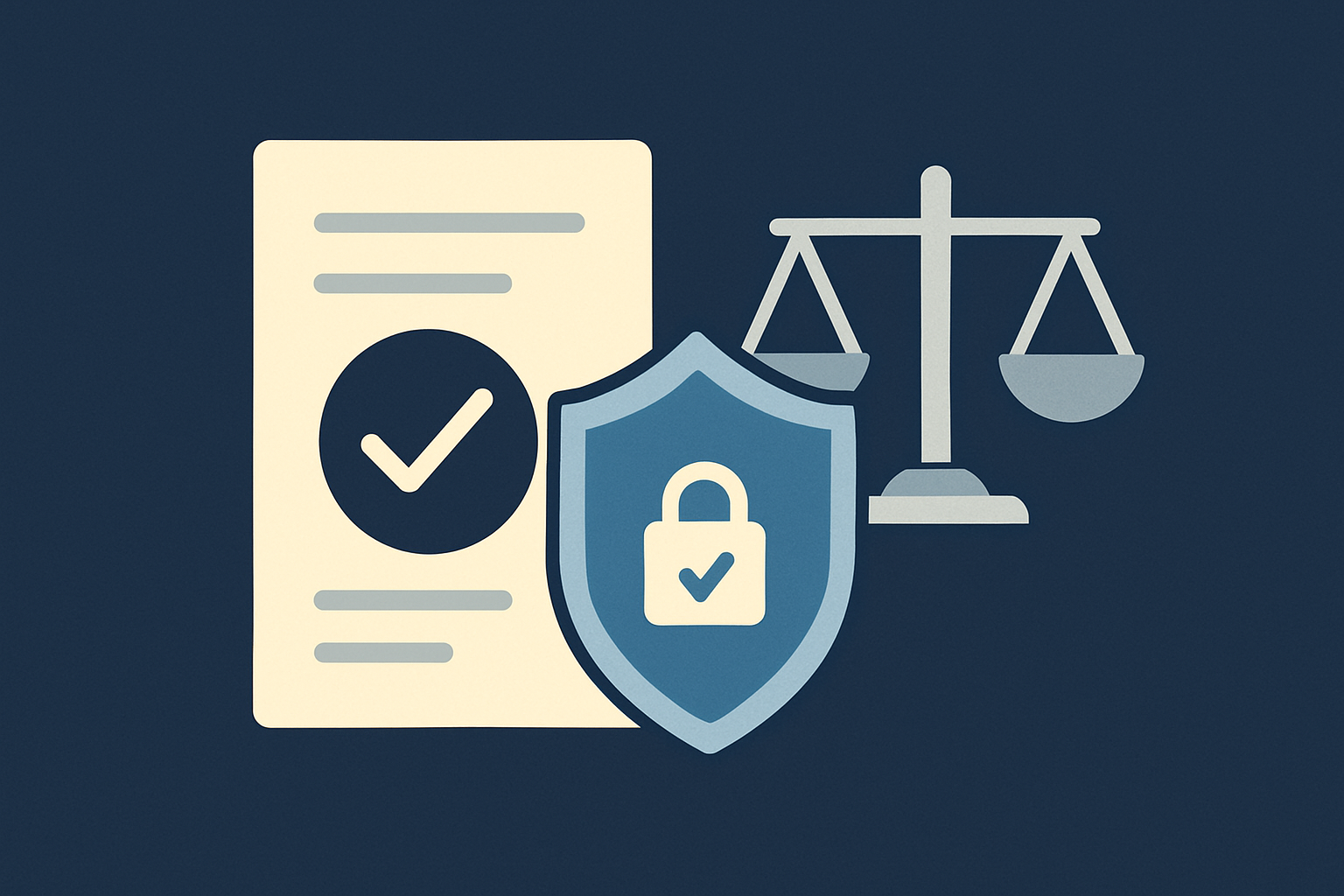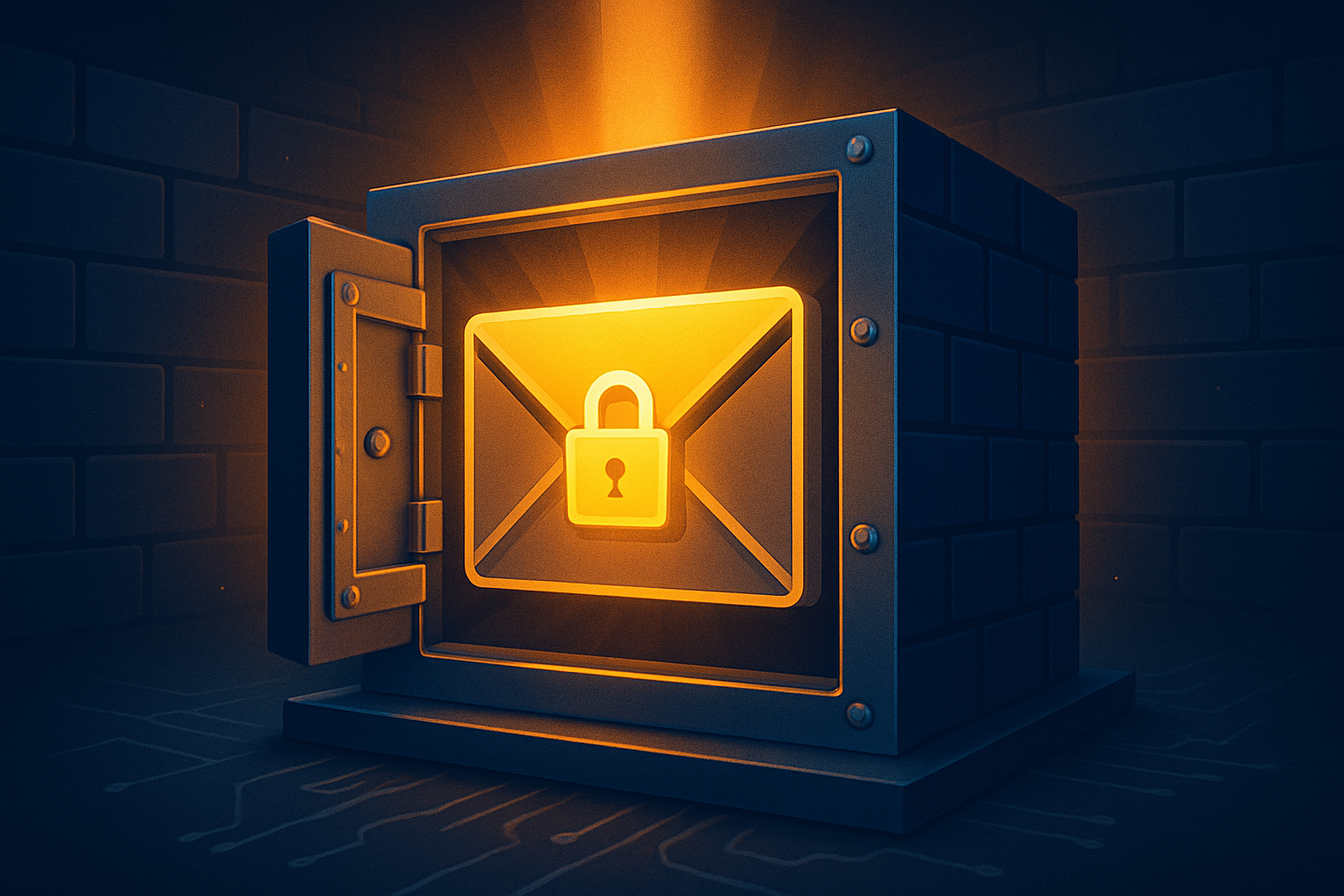
What happens if you set up an email without SSL?

Exposing email services like IMAP (Internet Message Access Protocol) without SSL/TLS presents a serious risk to your organization. IMAP allows users to access email messages stored on a server. However, if this communication is unencrypted, it becomes trivial for attackers to intercept, read, or even alter the messages in transit.
Why IMAP Without SSL Is Dangerous

Confidentiality
Unencrypted IMAP traffic allows eavesdroppers or intermediaries to read every detail—including sensitive corporate data like internal reports or financial instructions. SSL encrypts the traffic, shielding your information from prying eyes.
Integrity
SSL protects the content of your emails while they travel between client and server. Without it, attackers could tamper with messages—imagine someone swapping out a bank transfer PDF with their own account details.
Authentication
SSL also verifies the identity of the mail server. Without this, attackers can impersonate your server via a man-in-the-middle attack, intercepting or altering messages undetected.

Compliance
Regulations such as GDPR and HIPAA mandate protection for personal and sensitive data. Using SSL to secure IMAP helps organizations meet these legal requirements by ensuring confidentiality and integrity.
In summary, SSL is not optional—it’s essential for ensuring the privacy, integrity, and authenticity of email communications.
IMAP Security Checklist
If migrating to a modern cloud mail platform isn’t feasible, you must lock down your IMAP setup.
- Enforce TLS
Always require IMAP over TLS (port 993) or STARTTLS upgrades on port 143. - Firewall Access
Ensure that only authorized systems can reach the IMAP server by implementing restrictive firewall rules. - Multi-Factor Authentication (MFA)
Use MFA for all remote connections to add an extra layer of account security. - Encrypt All Traffic
Prohibit unencrypted traffic entirely; SMTP, IMAP, and POP must all be secured. - Adopt a Zero‑Trust Approach
Deny all remote access by default and only allow it through secure, authenticated channels. - Robust Logging
Log all IMAP activity and review logs regularly for anomalies, such as unusual logins or forwarding rules. - Mailbox Audits
Periodically audit settings and rules in user mailboxes to detect unauthorized changes or automatic forwards. - Phase Out Legacy Access
If possible, remove direct IMAP/POP access. Require users to access email via secure web interfaces over HTTPS. - Regular Reviews
Reassess your email configurations and update security settings proactively to adapt to new threats.
By following this checklist, you can significantly reduce the attack surface and protect your organization from email-based data breaches.

Final Thoughts
Securing your IMAP setup with SSL/TLS and layering with strong controls like MFA, strict firewall rules, and continuous monitoring transforms a major vulnerability into a well-protected service. It’s not just about encrypting traffic—it’s about enforcing best practices and regularly reassessing your defenses to match evolving threats.





